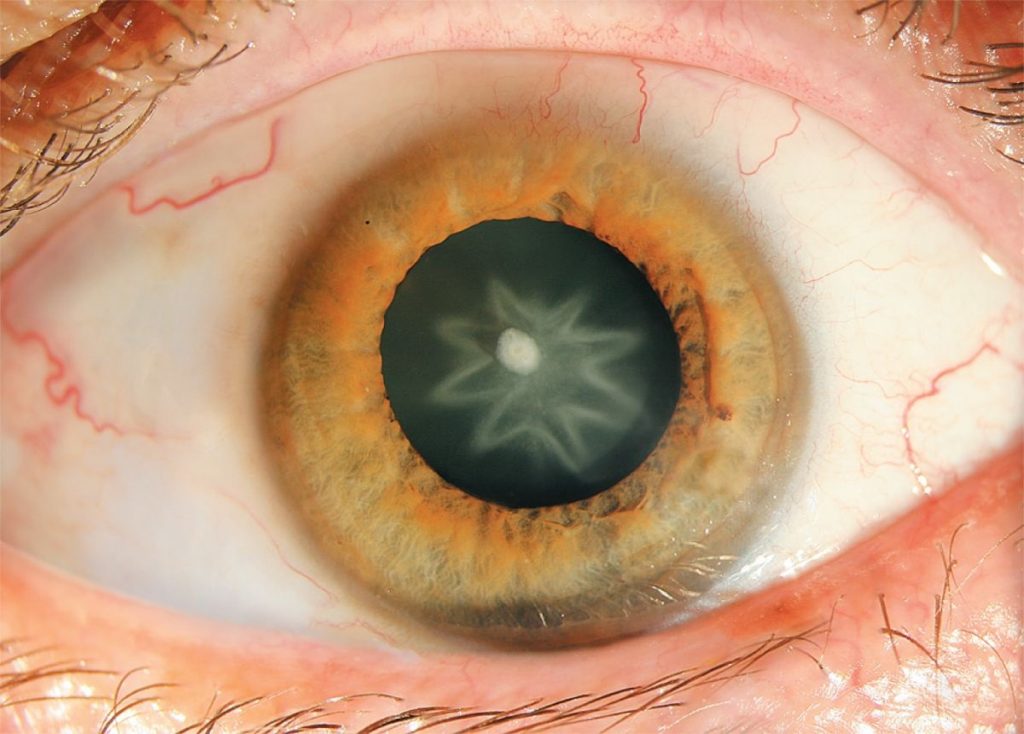Unusual cases of cataracts and how to treat them
This is a disease caused when the lens of one or both eyes becomes cloudy, causing a decrease in your vision. Some of the symptoms of this disease include blurry, having trouble with very bright colors, difficulty seeing at night, faded colors, and many more. It is the most cause of blindness and vision impairment worldwide
Types of cataracts
A cataract is not only influenced by age but can also be caused by injury into your eye or if you have other health complications. The following are the different types of the disease.
Nuclear cataract
This type is the most common, and it presents the hardening of your lens and changes its color to yellow. It causes poor visibility, especially in poorly lighted areas.
Cortical Cataract
In this case, cataract forms from the periphery edge of your lens and extend inwards to the center. It affects the part surrounding the central nucleus, which is known to as cortex.
Posterior sub capsular cataract
It is common to people with diabetes and those on steroids medication. It occurs on the back part of the lens.
Congenital cataract
They are inherited due to genetic issues. This disease may be present to newborns from birth or develop as they grow.
Radiation Cataract
This disease occurs when your eyes are exposed to high levels of ultraviolet rays from the sun or other high radiations
In most cases, surgery is the only option for eye repair. This surgery involves removing and replacing the cloudy lens with an intraocular lens, which is an artificial lens that is placed in the exact point as your natural lens. Some cases present operational challenges requiring an alternative approach to be used. Some of the unusual instances are as follows;
Retinitis pigmentosa
This disease causes coloring of your retina. It is caused by the failure of photoreceptors, which are the cells of the retina to function the way they are supposed to. It causes the retina to change how the retina responds to light, and overtime loss your vision. This is a rare disease and can be inherited by children from their parents. The symptoms of this disease mainly start since childhood. Patients with Retinitis pigmentosa in the early stage develops cataracts which require surgery to remove them and improve on the vision of the patient with an impaired retina which is the primary cause of the visual issue
The anterior shift of the entire cataract
Some conditions can cause the dislocation of the cataract into anterior chamber caused by zonular weakness. Such condition is Marfan syndrome or ectopia lentis et papillae. To remove the cataract and fix the intraocular lens requires a specialized way to avoid displacing nuclear fragments. The only way out was extracting the cataract by sclera incision and securely attaching the intraocular lens to the sclera.
Re-fixation of posterior dislocated intraocular lens
Intraocular lens place in the posterior chamber maybe disrupted into the vitreous cavity. This is one of the complications you can encounter after cataract surgery. Lack of adequate capsular support can cause the dislocation of the intraocular lens. To re-fix it, the Siepser knot technique is to be applied. This involves placing the IOL optic in the center and suturing haptic to the dorsal surface of the iris. This process allows intraocular suturing through a paracentesis incision. After that, the suturing material should be removed with a small hook leaving the patient with a securely fixed lens and improved vision.
Cataract is the common cause of loss of visibility worldwide. They are many ways of correcting or managing the effects of this disease. Surgery is the standard corrective measures taken and restores your full vision with fewer complications.

